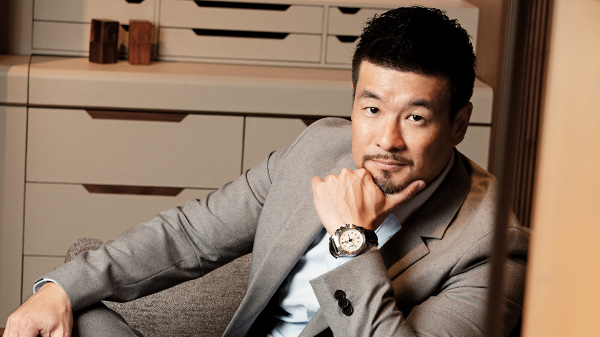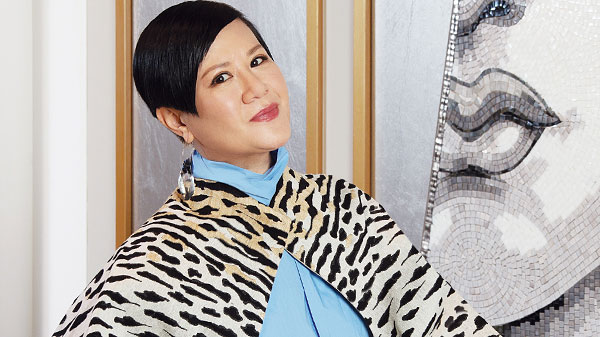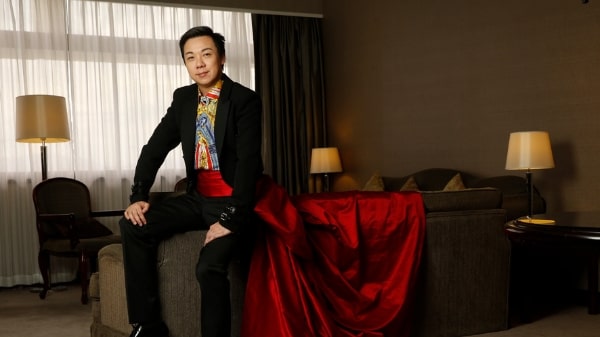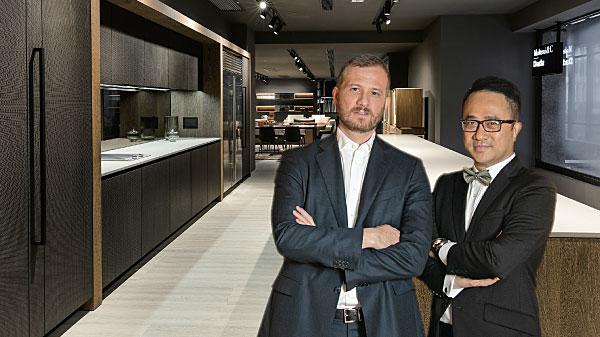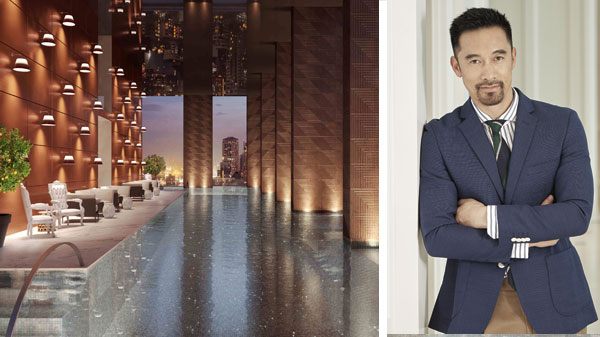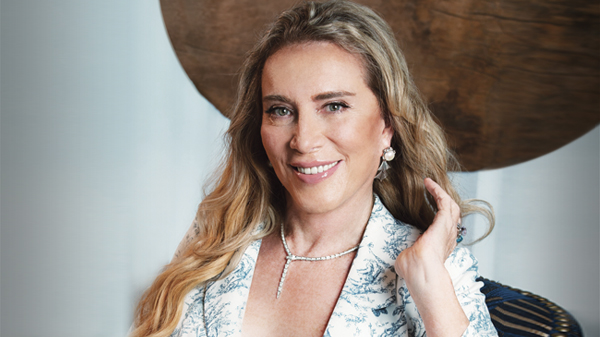After steering Hong Kong’s largest shipping company, Wah Kwong Group, for more than a decade, Sabrina Chao chats with us inside the plush Signature Suite of The Murray on what lies next for her and the company.

With your grandfather having founded the Wah Kwong Group, was it always on the cards for you to join the family business?
Not at all. Coming from a traditional Chinese family, the weight of carrying the family name was on the boys, which in our case, was my brother, my youngest sibling. As a daughter, I had a very carefree childhood. I was allowed and encouraged to pursue whatever path I chose, and that’s exactly what I did. My parents never interfered with my choice of university or subjects. I just sort of came back into shipping by coincidence. It was around 2001 and my family was facing a very turbulent time. Both my grandparents and my uncle passed away in consecutive years, which left a very big void in our company. My father was the only one left to take care of the business. So he and my mother requested me to step in and I decided to learn the ropes of the trade alongside my father. It was never planned that I would one day take over the family business, it all started with me stepping up to help my family through a difficult time.
But you decided to stay on…
Yes, once I was in, I found myself very drawn to the shipping business. It was so different from my previous experience of working in finance companies like PwC. I must say that shipping is a very special industry, and I am not saying that only because our family’s heritage and legacy are tied to this business. One gets to meet all these fantastic, larger-than-life personalities in this field. Though it’s not necessarily the most profitable business, it’s still a very addictive one. You just get drawn into it.

What would you consider a turning point in your life?
When I was around 30, my father had his first stroke and fell seriously ill. At that time, I just went into crisis management mode and took hold of the reins of the company. The family business was my father’s life work and I just couldn’t let it fall apart. At that time though, I did not think of it as a turning point, I just did what had to be done.
How do you keep the momentum going in a family business that’s been there for generations?
It’s pretty simple for us, as it’s just me and my siblings looking after the company. We just discuss over dinner and share ideas. We challenge each other from time to time and thrive to come up with solutions via open communication. It keeps us growing.

With you recently stepping down from the role of the chairperson of the Wah Kwong Group, what’s next for the company?
Yes, I stepped down in August to spend more time with my family, and to pursue new horizons. But the business is in very good hands. My brother has taken over the reins from me, and he was always meant to run the business. I ran the company for the last decade and it was a good time for a change of guard. I don’t think it’s healthy for one person to hold the same position for too long. My brother brings a new perspective – a fresh pair of eyes, so to say – but he understands, more than anyone else, the essence of this business and what it means to our family.
You have been elected as the President Designate for the Baltic and International Maritime Council (BIMCO), one of the oldest and largest shipping associations in the world. What are your thoughts on this role?
It is very humbling and a huge privilege. It’s exciting because, in its 114-year history, this is the first time that two female presidential candidates have been elected back to back. Shipping has traditionally been considered a male-dominated industry, but now we are gradually changing that perception.

So, how exactly are women breaking the gender barrier in this male-dominated industry?
I think women are breaking barriers and shattering glass ceilings across many industries, not just shipping. If you think about it, a few centuries ago, women were not even allowed to go aboard ships because it was considered unlucky. It’s ironic because ships could be named after women, but they wouldn’t be allowed on them. Of course, those days are thankfully behind us, and we have women captains, female chief engineers and so on. In fact, a few months ago, Hong Kong produced its very first lady chief engineer. Having said that, we do have a long way to go.
Shipping corporations also seem to be taking steps to address environmental issues…
Yes, there are many things happening right now. Historically, it has been all politically driven, with governments coming up with new regulations and with us scrambling to meet them. But some time ago, the industry realised that these regulations are not really very well drafted. Over the last decade, there have been many conversations within the shipping industry about what more we should be doing. Ultimately, everybody agrees that we want to leave behind a much better world for our next generations. We don’t want to be seen as the polluters of the world. If you look back, we have already made great progress in reducing our carbon footprint, but that’s not enough, there is a lot left to be done.

How does Hong Kong’s position as an international maritime hub compare to, say, Singapore?
With over half of the world’s merchant fleet being in Asia, we can have more than one international maritime hub in Asia. While Hong Kong, with its proximity to China, serves as a gateway into China and other northern Asian countries, Singapore caters more to South East Asia. There’s actually room for more than two hubs in Asia now, with Shanghai coming up as well.
What are the other new projects you are excited about?
It’s probably too early for me to be talking too much about it, but I am liaising with an English public school to potentially launch in Asia. We’ll be opening a few schools in China and South Korea over the next five years. It’s a project that I am personally very attached to, especially because I have young kids and education is always on my mind.
What do you do in your downtime?
I enjoy family time, especially when I get my hubby to myself, which is never enough. I enjoy the simple pleasures of life, such as taking my boys to school. In that 20-minute car ride, I spend a lot of quality time with them. At home, they are both distracted with their toys or games, but during our drive to school, we really bond.
Thank you.
Interview by: Suchetana Mukhopadhyay
Video: Kingsley Lau
Photos: Jack Law
Styling & Art Direction: San Wong
Make-up: Irene Hung
Venue: Signature Suite @ The Murray




